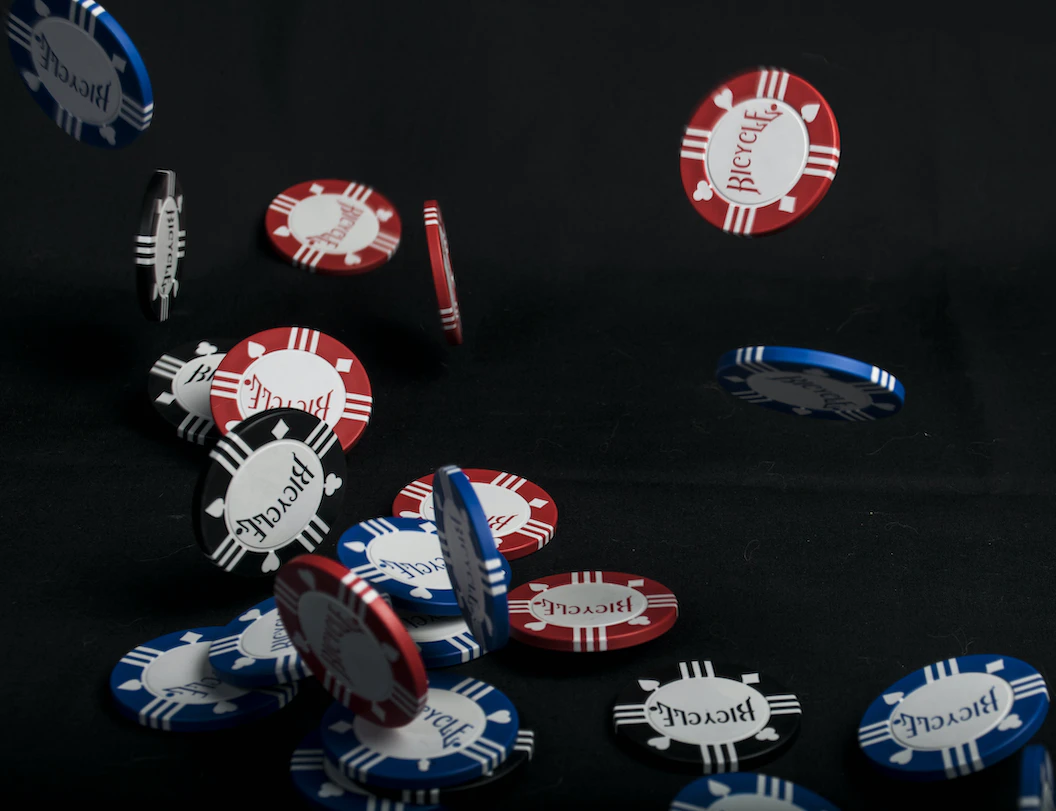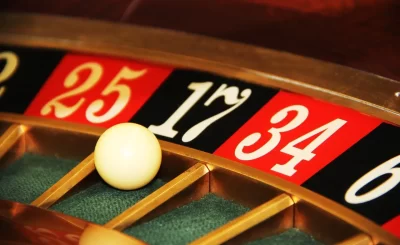Back when gambling first gained popularity, players used coins or any other means available to them to denote their bet. Because forgeries could easily occur, standardized tokens were eventually implemented as the go-to way for betting transactions.
Casinos have developed an assortment of secure, hard to replicate chips which serve their purposes effectively.
Origins
At casino gambling tables of 19th century Western America, casino gamblers placed bets with anything they could hold, from gold nuggets and coins to dust. As gaming houses and casinos proliferated, however, gold was evaluated off-table and chips were introduced instead.
Chips, as opposed to cash, allow players to place smaller bets while helping casinos keep track of winnings more easily.
At first, saloons and gaming houses utilized bone, ivory, or clay chips for placing bets. Due to their easily counterfeited nature, commercial companies began creating customized poker chips by the 1880s which could no longer be duplicated – this eventually evolved into the modern casino chip consisting of various weights, textures, designs and weights which could all be specific to a betting establishment.
Materials
Authentic casino chips can be composed of various materials. While clay composite is commonly used, some casinos also employ ceramic tokens in their chips depending on size and value of denomination.
Beginning in the 1950s, casino chip manufacturers experimented with using different materials – ivory or paper being among them – for making casino chips. Unfortunately, they were not as durable.
Nowadays, casinos order their chips from specialized companies that produce them using cutting-edge technologies and are protected by patents. Furthermore, these manufacturers employ numerous strategies to prevent cheating – including unique designs and color codes as well as RFID tracking technology to detect theft – while their distinct appearance and weight make them difficult for gamblers to mistake for tokens from other casinos.
Design
Casino chips are small circular tokens used as currency in casino games. Their design and weight remain constant; they may even feature the casino name and denominations printed onto them to prevent cheating. Furthermore, they’re numbered to prevent potential theft of chips by unauthorised individuals.
Casino chips may be difficult to forge, yet some players still attempt to forge them by mixing low-value chips into higher ones.
Some casinos also use RFID chips to keep tabs on their gamblers and monitor betting patterns and game activity. This technology may prove more cost-effective in the future; nevertheless, many gamblers enjoy having physical casino chips in hand during play.
Values
Even with all of the talk surrounding virtual casinos and virtual chips, many players still prefer using physical tokens because it allows them to see exactly how much money is left to bet with.
Casino chips are much harder to counterfeit than paper currency due to being created from various ingredients that make replication of designs and materials impossible.
Rare casino chips can sell for tens of thousands of dollars. Furthermore, casinos will periodically change their chips for various reasons; usually giving their players time to exchange old tokens for new tokens in order to maintain an aesthetically pleasing gaming area.
Counterfeits
Even with all of the steps taken to protect casino chips, counterfeiting remains a threat. While casinos use sophisticated digital surveillance systems to detect cheaters, even intricately crafted fakes may often be indistinguishable from authentic chips.
Casino chips are used as currency in gambling establishments around the world and must be resilient enough to endure frequent handling and abuse. Their creation process remains confidential; features which make forging difficult include custom colors, UV markings, high-resolution artwork and embedded RFID tags – among others.
Casino gambling has long used chips as a form of currency. But they come with their own risks.








